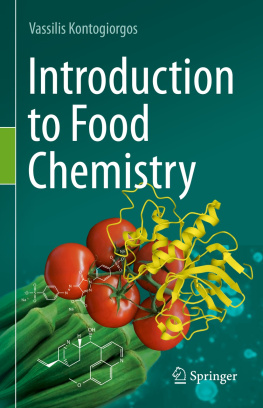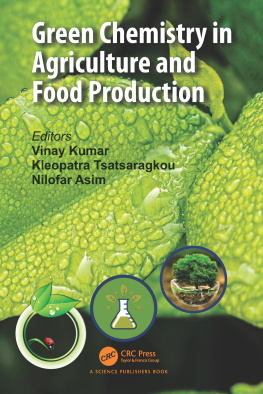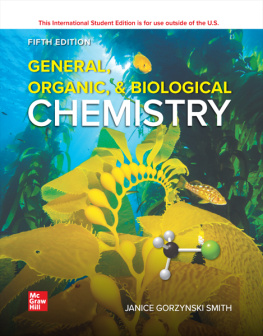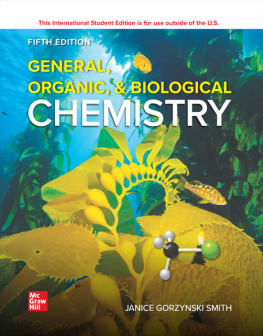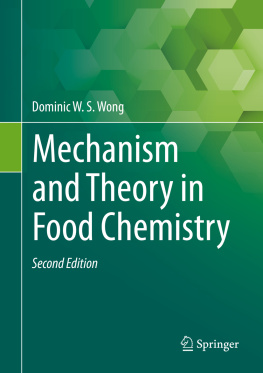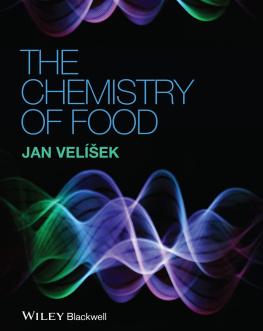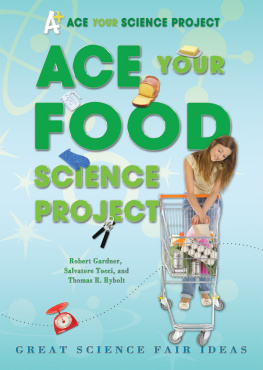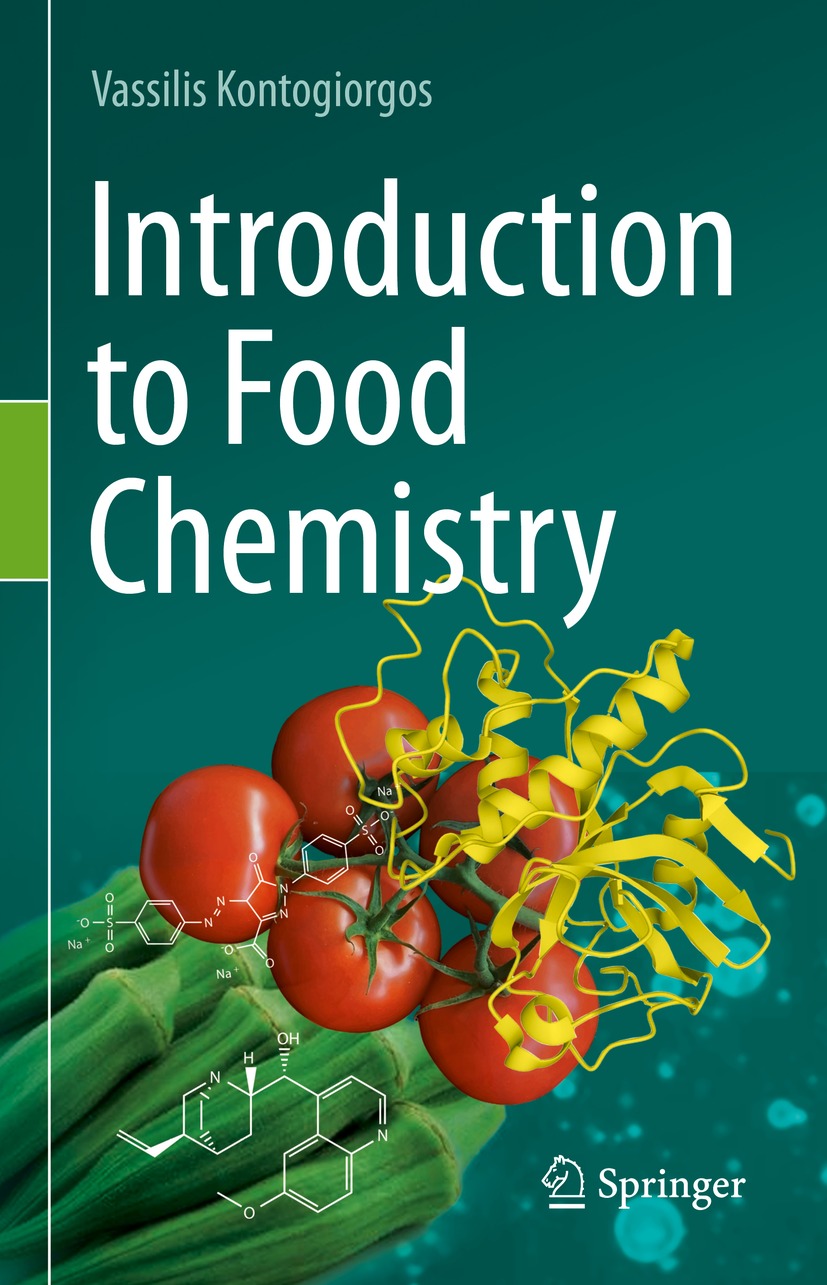Vassilis Kontogiorgos - Introduction to Food Chemistry
Here you can read online Vassilis Kontogiorgos - Introduction to Food Chemistry full text of the book (entire story) in english for free. Download pdf and epub, get meaning, cover and reviews about this ebook. year: 2022, publisher: Springer, genre: Children. Description of the work, (preface) as well as reviews are available. Best literature library LitArk.com created for fans of good reading and offers a wide selection of genres:
Romance novel
Science fiction
Adventure
Detective
Science
History
Home and family
Prose
Art
Politics
Computer
Non-fiction
Religion
Business
Children
Humor
Choose a favorite category and find really read worthwhile books. Enjoy immersion in the world of imagination, feel the emotions of the characters or learn something new for yourself, make an fascinating discovery.
- Book:Introduction to Food Chemistry
- Author:
- Publisher:Springer
- Genre:
- Year:2022
- Rating:3 / 5
- Favourites:Add to favourites
- Your mark:
Introduction to Food Chemistry: summary, description and annotation
We offer to read an annotation, description, summary or preface (depends on what the author of the book "Introduction to Food Chemistry" wrote himself). If you haven't found the necessary information about the book — write in the comments, we will try to find it.
The complexity of food chemistry makes it a challenging subject for students studying in a food science course. Although there are excellent food chemistry books available in the market they have two major flaws: they are either encyclopedic or they are not pitched correctly to undergraduate food science students. The first problem creates difficulties for students to identify what is important and how much they need to know. The second problem arises when the book is written by authors that are not food scientists (e.g., chemists), they are not academics that are engaged with teaching or they are not sufficiently qualified to teach. In this case, it is difficult to find links between the chemistry of foods and its relevance to applications or, quite frequently, future employment prospects of the student.
Introduction to Food Chemistry bridges this gap in the relevant literature, as it employs the latest pedagogical theories in textbook writing to present the subject to students with broad range of cognitive skills. This book presents specific learning objectives for each chapter and is self-contained so students will not need to search for essential information outside the textbook.
To support learning, the book has:
- Didactic elements with information being conveyed with 3D-figures, color-coded schemes and graphs, annotations on figures that link it to the text descriptions
- Built-in pedagogy and learning activities at the end of each chapter that are linked to the learning objectives.
- Keywords and concepts for online search to instigate curiosity for further studies.
- Conversational writing style without losing academic rigor
To support lecturers, the book has:
- Helps focus teaching preparation on key aspects of food chemistry relevant to both industry and modern research.
- Aids the preparation of exams, assignments and other types of assessment or learning activities.
For lecturers in search of a singular source to aid in their introductory food chemistry courses, look no further than Introduction to Food Chemistry.
Vassilis Kontogiorgos: author's other books
Who wrote Introduction to Food Chemistry? Find out the surname, the name of the author of the book and a list of all author's works by series.

